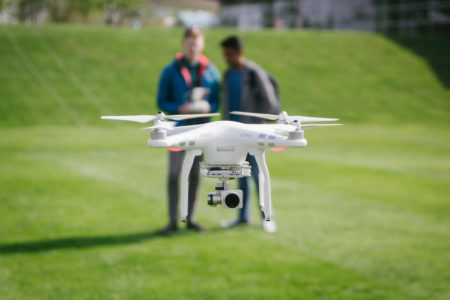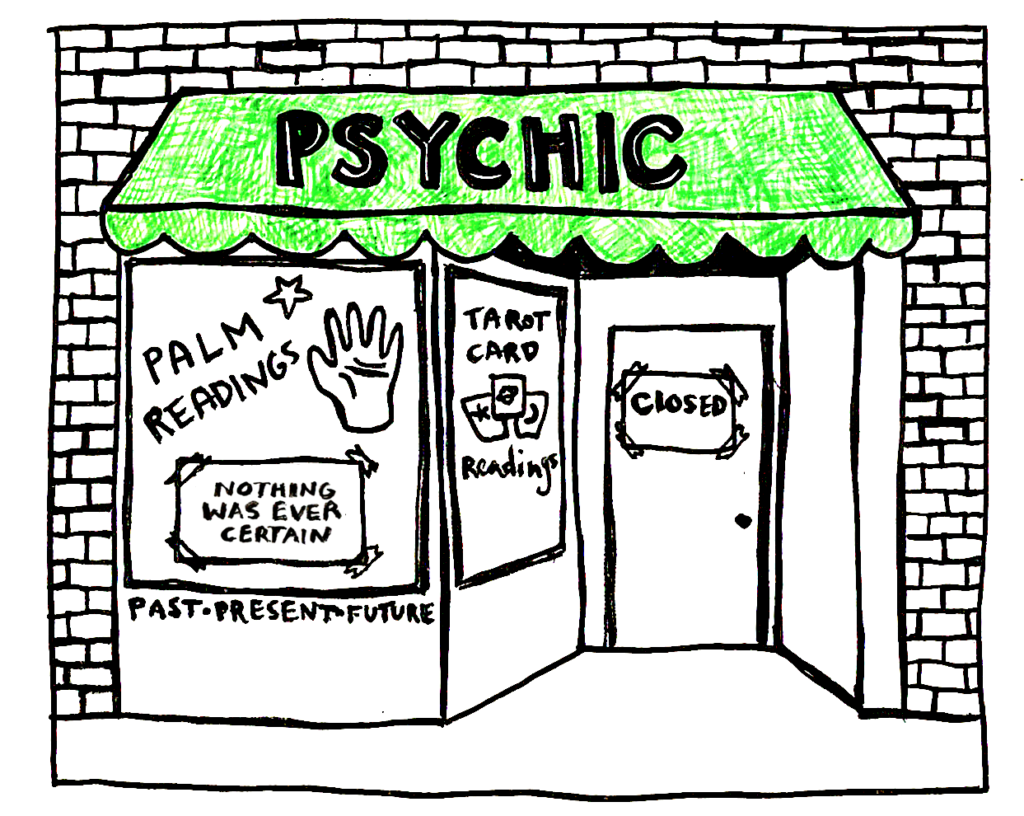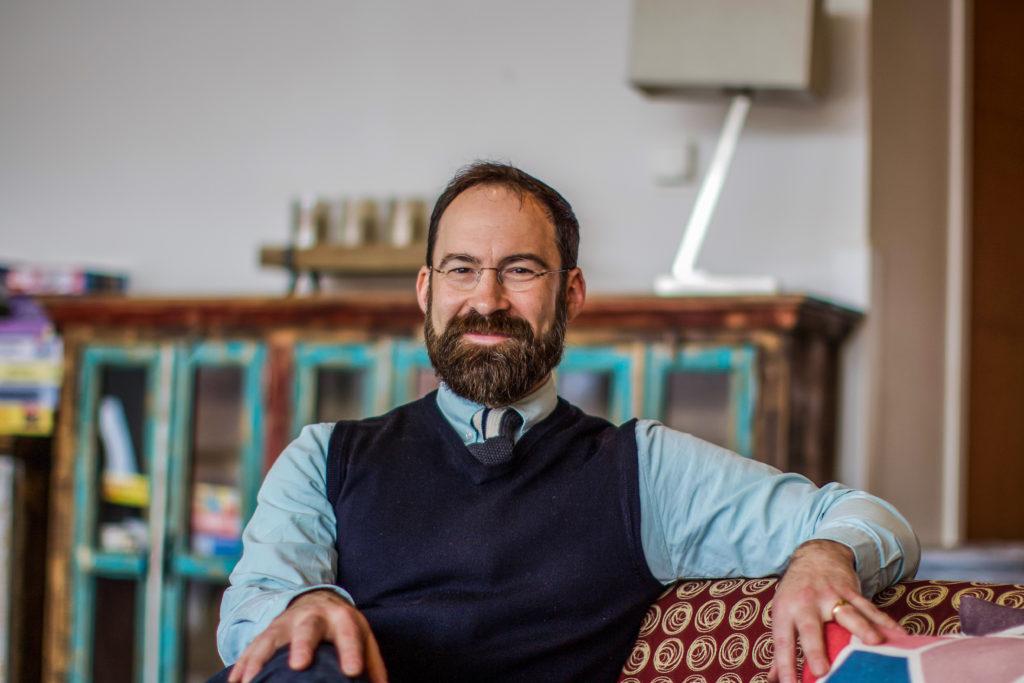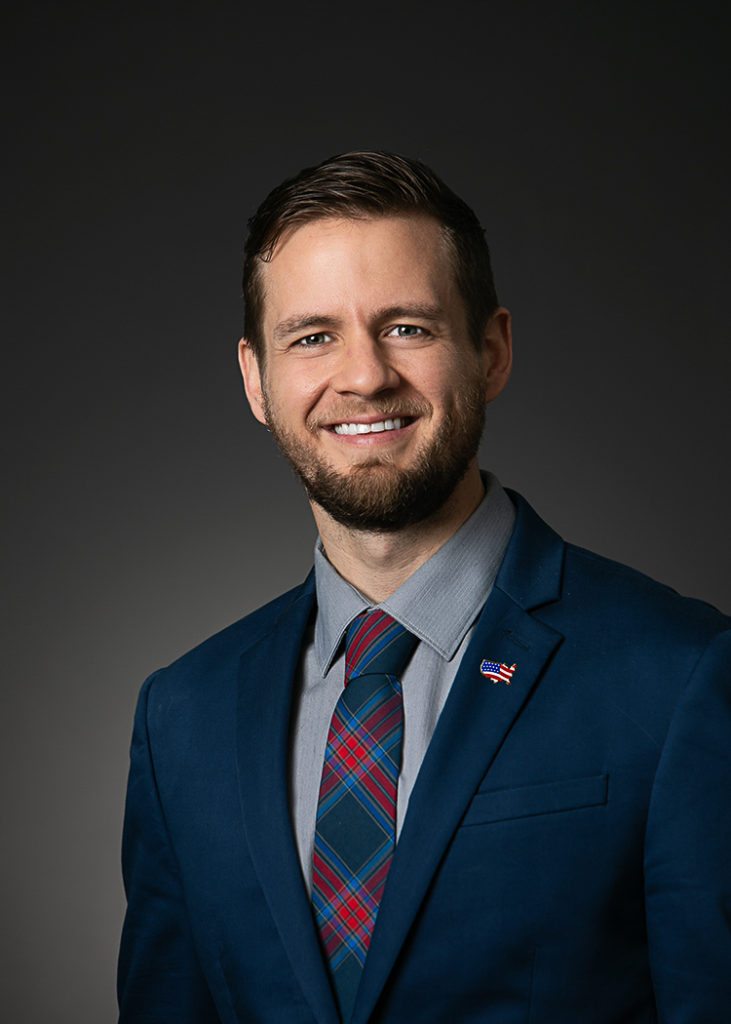By Philip Kiely
kielyphi@grinnell.edu
Don’t be alarmed if you see drones racing across the sky or taking swooping aerial videography, it’s probably Jonathan Gilmour ’19 with his Experimental College (ExCo) class: Introduction to Consumer Drones. Gilmour is sharing his passion by teaching students how to fly, race, and film with drones this semester.
“I’ve been interested in drones since I was 16, consumer drones, that is, so your quadcopters and videography drones. This year I applied to teach an ExCo about this, I gauged that there would be significant involvement in the student body,” Gilmour said. “I got funding to purchase some drones, we are learning to fly with small drones, then we’re doing a bigger videography project at the end of the class.”
Gilmour’s previous experience includes over 100 hours of flight time and several videography projects.
“I’ve done a lot of videography with my own drone, here in Grinnell, in California, and back home in Virginia. I learned to fly on a small drone, so I bring both sides to the class,” Gilmour said.
Gilmour’s students, who come from a variety of science and other backgrounds, are learning to fly on small drones in preparation to make a video using a larger drone.
“With three or four hours of flying, the students are pretty good at not crashing,” Gilmour said.
Smaller drones are cheap, light, and survive impact, making them ideal for learning.
“The lighter the drone, the less force it will have on impact. Those can fall out of the sky and reach terminal velocity in the air and hit the ground and be fine. A lot of drones in the 40-dollar category on Amazon are great for learning on,” Gilmour said.
After the ExCo class ends, Gilmour hopes to grow the drone enthusiast community at Grinnell.
“I hope to [make a club]. There is a drone club on campus that hasn’t been very active, and I’m going to try and resurrect it. Ideally, we would be able to build a drone in that club … I would hope to do a lot of videography, make movies and stuff, and ignite the passion for drones in other people,” Gilmour said.
Drone use is exploding across the nation, which brings a variety of legal and regulatory challenges.
“Right now the FAA has a fair number of rules out, and some are really strict, they’ve seen this explosion in interest and they want to kind of clamp down on that. You have really strict regulations about where you can fly and how high you can fly and what kind of events you can fly near or above,” Gilmour said.

These rules do a lot to protect the public against inexperienced operators.
“I think that’s good because a lot of people are negligent in their use of drones. They might fly over a stadium and try to take video of that, but if the drone malfunctions or falls out of the sky they might injure somebody,” Gilmour said.
Privacy concerns are another interesting legal wrinkle in drone operations. While smaller drones are generally not equipped with a camera, larger drones are designed for aerial videography.
“There are a lot of videos on the internet of people flying their drones in compromising locations or times. I think there is a video of somebody flying a drone over a hog farm to try to do some muckraking, to prove that the farm is doing bad things, and the farmer shoots the drone with the shotgun,” Gilmour said.
Gilmour believes that increased public awareness of drones will be important in the future of the community.
“There’s a lot of issues that go along with it, but with suitable customer and public understanding of drones, and the do’s and dont’s of them, we can get a system that works well and allows for safe and respectful use of drones,” Gilmour said.






















































